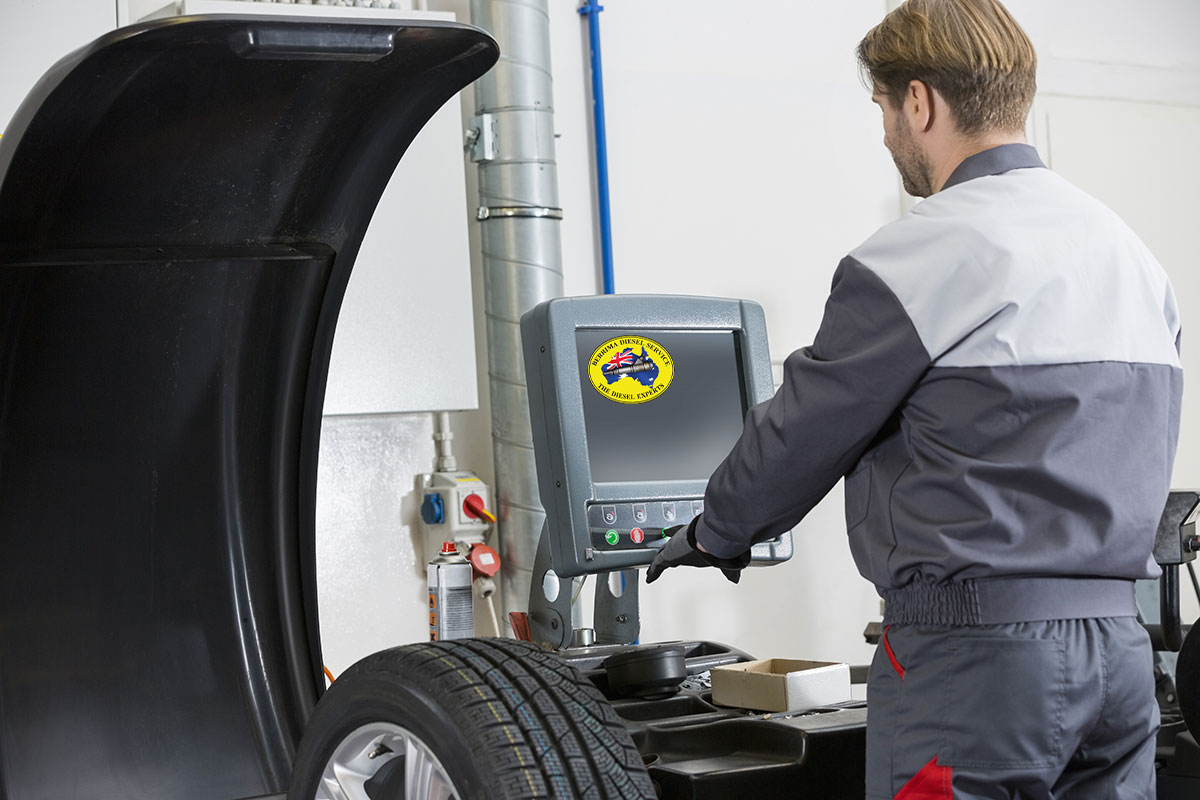-
Your shopping cart is empty!
Remember the good old days when you can run your diesel without a battery? Well those days are, sadly, well and truly gone. Diesels never had spark plugs to start combustion and so the reliance on electrics with earlier diesels stopped at the starter motor. As long as diesel was squirted into the engine, it ran. When you wanted it to stop, you pulled a lever which plainly cut the fuel out.
Nowadays, the modern computers that manage diesel engines start working even before you get to the vehicle. Proximity keyless entry on modern diesels alert the vehicle’s computer that you are about to get in and drive. Knowing this, the engine’s computer fires up cold start systems ranging from glow plugs to coolant heaters and readies all necessary running systems. Hop behind the wheel and push the “start button” and a deadly silent engine kicks into life. The number of inputs being monitored by the vehicle’s computer would amaze you and this data is updated in microseconds by the computer.

One thing you will notice with the diesels today is the lack of engine noise. The combustion process is now so tightly controlled that instead of one large bang of fuel combusting, there are many little bursts of fuel injected at various times before and after the traditional combustion point so as to keep the combustion stroke smooth and quiet. Move off from the kerb and you don’t even feel the gear change as the silent engine pushes you up the road.
This is all great and fun until, like always, something goes wrong. The usual wear and tear and slow down as the engine gets older no longer exists. The electrical signals that the new diesel’s computer watches have reference limits to allow for some intolerance. Once these tolerances are exceeded, the engine’s computer can no longer allow the vehicle to operate and it will stop or enter a “safety mode” wherein it runs on less than 20% of the engine’s power. This used to be called “Limp Home”. But, in reality, it’s actually “Pull Over and Stop” mode.
The best and only way to live with your new computer-controlled diesel is to “love it and get to know your mechanic”. Should you follow the manufacturer’s service schedule? I say “Yes”, but even more regularly. Remember, the warranty liability diminishes for a manufacturer once the warranty runs out. And sadly, the service schedule book is also made to fit that idea. So, in essence, service your engine much more regularly. In particular, be concerned if the oil change schedule is beyond 10,000 km. A sure recommendation is “Oil, Fuel & Oil Filters every 10,000 km”. Get to know your vehicle before you head off on that next trip so that, IF in the unlikely event a warning light comes on, you are aware of what to do.
Safe Fourwheeling,
Andrew Leimroth